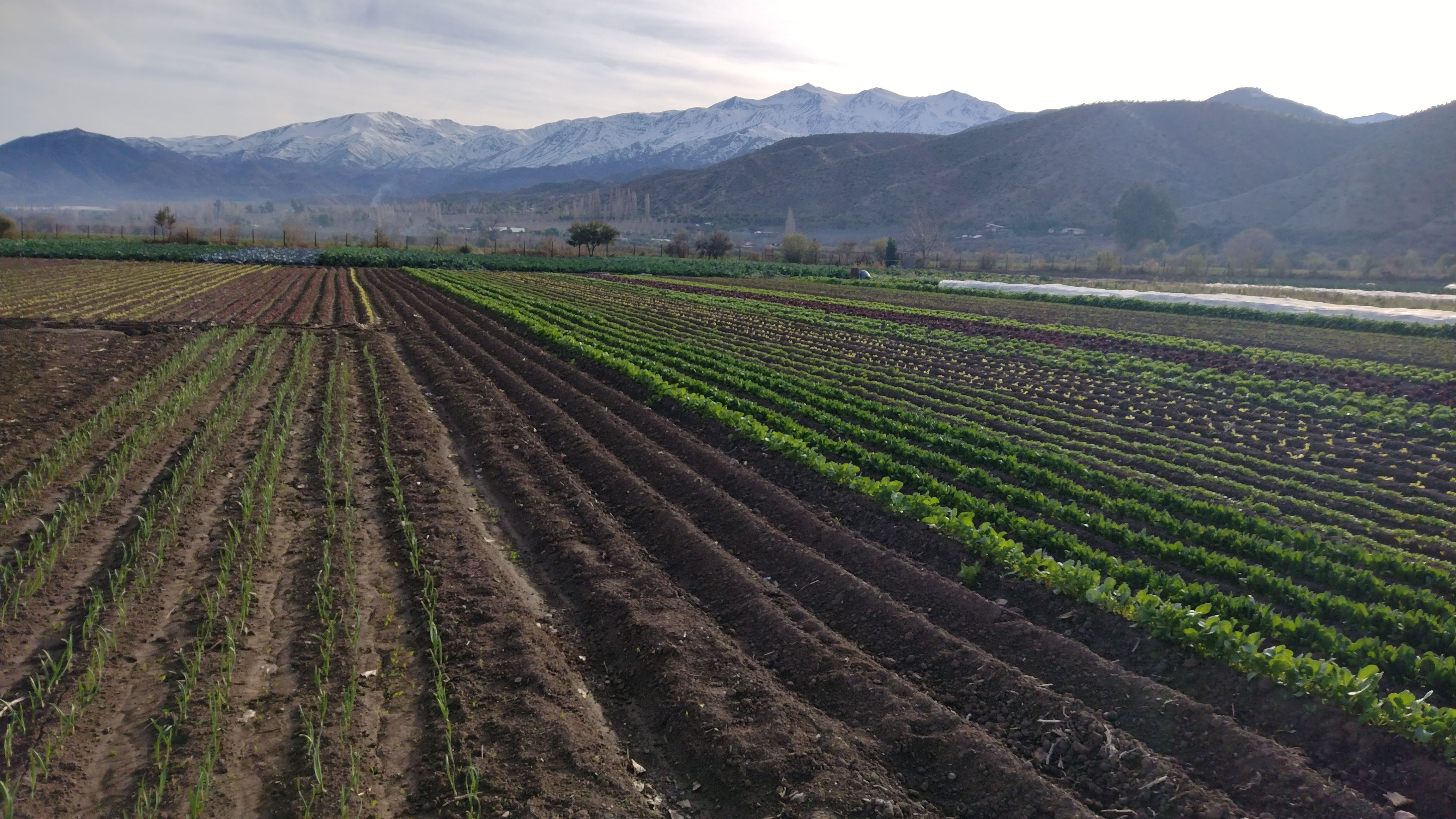Within the framework of the project "A Multi-Scale Drought Observatory for Chile: An early warning system to mitigate agricultural and ecological impacts", funded by ANID - Fondo de Investigación Estratégica en Sequía (Project Code FSEQ210022), Francisco Zambrano and Dylan Craven, director and alternate director of the project, together with researchers and research assistants from Hémera, Universidad de Playa Ancha, Universidad San Sebastián, Universidad de O'Higgins and the Swiss Federal Institute for Forest Snow and Landscape Research (WSL), held on June 20 in the city of San Felipe located in the Valparaíso Region, the launching of ODES, the Drought Observatory for Agriculture and Biodiversity in Chile.
The ODES drought observatory provides easily and quickly accessible spatialized climate information for the entire continental Chilean territory. It allows the visualization of climate variables and drought indicators at different administrative and hydrological scales, as well as at meteorological stations. The platform is for use by different actors in society such as decision makers, agricultural producers, researchers and the general public.
We invite the community to use it:
The observatory by units provides climate information and drought indicators at different territorial scales of political-administrative and hydrological units. In addition, it allows generating a report with the current status (last month) of the drought through indicators of precipitation, evapotranspiration, soil moisture and vegetation status.
The stations observatory allows to visualize and download the trajectory of climatic variables for the available stations with current data.
